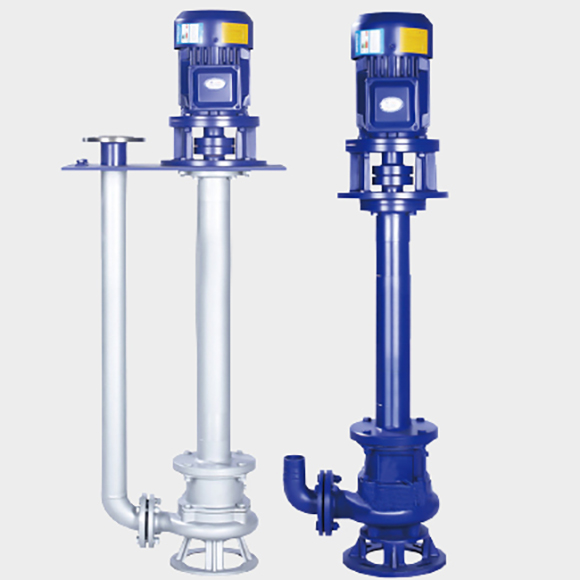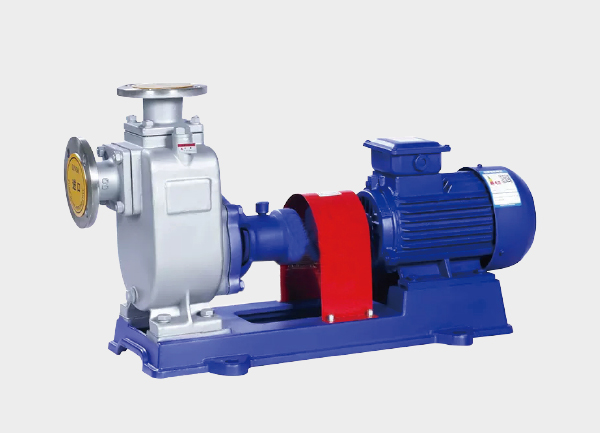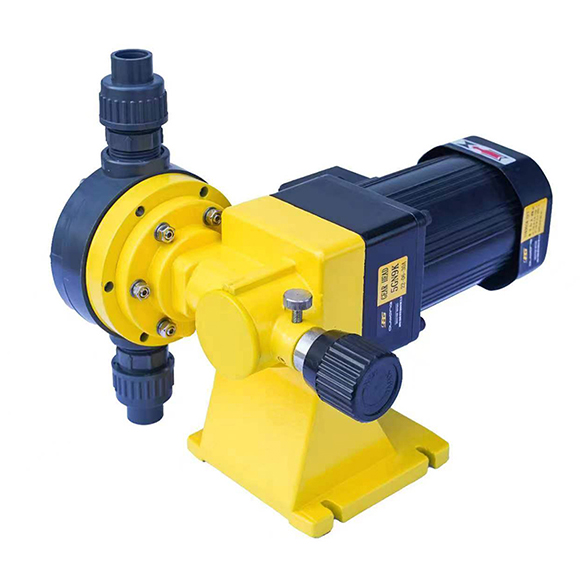Bearings are the core rotating components in a vertical pump, responsible for supporting the pump shaft and minimizing frictional resistance. When a bearing overheats (typically defined as a temperature rise exceeding 40°C above ambient or an absolute temperature over 80°C), it can cause lubricant failure, accelerated wear, shaft seizure, or even motor burnout.

To address the problem effectively, it’s essential to identify the root cause first, then apply the proper corrective measures. The guide below provides a step-by-step analysis and solutions.
1. Diagnosis: Common Causes of Bearing Overheating
Before implementing repairs, use the “Look – Touch – Listen – Measure” method to pinpoint the source of overheating.
| Fault Type | Typical Symptoms | Inspection Method |
|---|---|---|
| Poor Lubrication | Gradual temperature rise with a dry friction sound | Remove bearing cover and inspect lubricant quantity and condition |
| Installation Misalignment | Rapid temperature rise, noticeable vibration | Measure shaft alignment and bearing clearance with a dial indicator |
| Excessive Load | High temperature with elevated motor current | Check for impeller blockage or fluid viscosity beyond pump spec |
| Bearing Damage | Sudden temperature surge with metallic knocking noise | Disassemble and inspect bearing raceways and rolling elements |
2. Targeted Solutions for Each Root Cause
(1) Poor Lubrication – Refill or Replace Grease (Most Common Issue)
Causes:
Insufficient grease: prolonged operation without maintenance causes grease loss or leakage.
Excess grease: more than ⅔ of bearing cavity leads to churning heat buildup.
Degraded grease: long exposure to heat or moisture oxidizes or emulsifies the grease, reducing lubrication performance.
Solution Steps:
Shutdown and cool down: Stop the pump and wait until the bearing temperature drops to ~30–40°C to avoid deformation.
Clean thoroughly: Remove the cover and wash out the old grease with kerosene or diesel. Eliminate debris and metal particles.
Select proper grease: Use manufacturer-recommended grease (e.g., lithium-based for high temperature, calcium-based for humid environments). Never mix different grease types.
Correct filling: Slowly inject new grease using a grease gun until slight overflow is visible on both ends — typically ½–⅔ of internal cavity (up to ⅔ for vertical bearings to prevent loss).
Test run: After reassembly, run the pump for 10–15 minutes and measure the temperature. Ensure it stabilizes below 70°C.
(2) Installation Misalignment – Realign Shaft & Adjust Bearing Clearance
Causes:
Motor–pump shaft misalignment: improper coupling alignment (radial >0.1 mm or angular >0.5°) creates lateral forces and heating.
Incorrect bearing fit: overly tight inner ring or loose outer ring causes friction or slippage in the housing.
Solution Steps:
① Shaft Alignment:
Remove the coupling guard and mount dial indicators on coupling faces and rims.
Rotate shafts and record maximum deviation.
Adjust the motor base bolts and shims until radial ≤0.05 mm and angular ≤0.2°/m.
② Bearing Fit Correction:
If too tight: polish the shaft lightly with ≥400-grit sandpaper or replace with a slightly looser-fit bearing.
If too loose: replace housing or add a bushing to achieve a proper transition fit (H7/js6 tolerance).
(3) Excessive Load – Reduce Bearing Stress
Causes:
Impeller imbalance: uneven wear or manufacturing errors cause centrifugal forces transmitted to the bearing.
Internal friction: small impeller–casing gap or contact between the shaft and mechanical seal increases resistance.
Solution Steps:
① Impeller Balancing:
Remove impeller and perform dynamic balance testing.
If unbalance exceeds 5 g·cm, adjust by grinding or adding balancing weights.
Reinstall securely to prevent axial movement.
② Eliminate Internal Friction:
Measure the impeller–casing (wear ring) clearance (usually 0.1–0.3 mm). Increase gap slightly if too tight.
Inspect mechanical seal alignment. If contact occurs, adjust the stationary ring position until surfaces are parallel and evenly mated.
(4) Bearing Damage – Replace with Certified Bearings
Causes:
Inferior materials: low-grade bearings with insufficient hardness or poor precision lead to early spalling.
Fatigue failure: exceeded service life (normally 8,000–12,000 hours) results in micro-cracks and overheating.
Solution Steps:
Remove old bearing: Use a mechanical or hydraulic puller to extract the inner ring slowly. Avoid hammering the outer ring.
If tight-fitted, heat the inner ring to 80–100°C for easier removal.
Install new bearing:
Choose a branded, high-precision bearing (e.g., SKF, NSK, grade P6 or higher).
Heat the inner ring to 80–100°C, quickly mount on the shaft, then let cool.
Ensure smooth rotation and leave 0.1–0.2 mm axial clearance between bearing and cover to allow thermal expansion.
3. Preventive Maintenance: Avoid Future Overheating
Regular Inspection: Check bearing grease monthly; replace every 3–6 months (or every 2–3 months in high-temperature/humid conditions).
Real-Time Monitoring: Install temperature and vibration sensors on bearing housings. Configure alarms for >70°C or abnormal vibration.
Proper Installation: Always align shafts accurately and adjust bearing fits per manual. Avoid force fitting or hammering.
Fluid Management: Avoid pumping liquids with excessive solids. If unavoidable, install a fine filter (≤0.1 mm) on the suction line to reduce wear.
Conclusion
Bearing overheating in vertical pumps is a symptom of deeper mechanical or operational issues — not just a thermal problem. By systematically inspecting lubrication, alignment, load, and bearing integrity, maintenance teams can restore reliable operation and prevent costly downtime.







